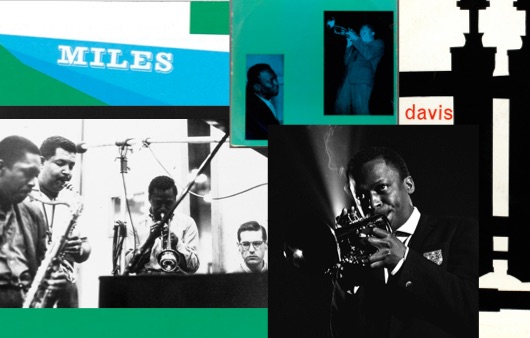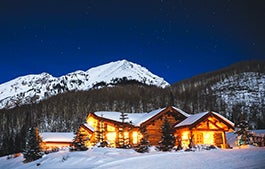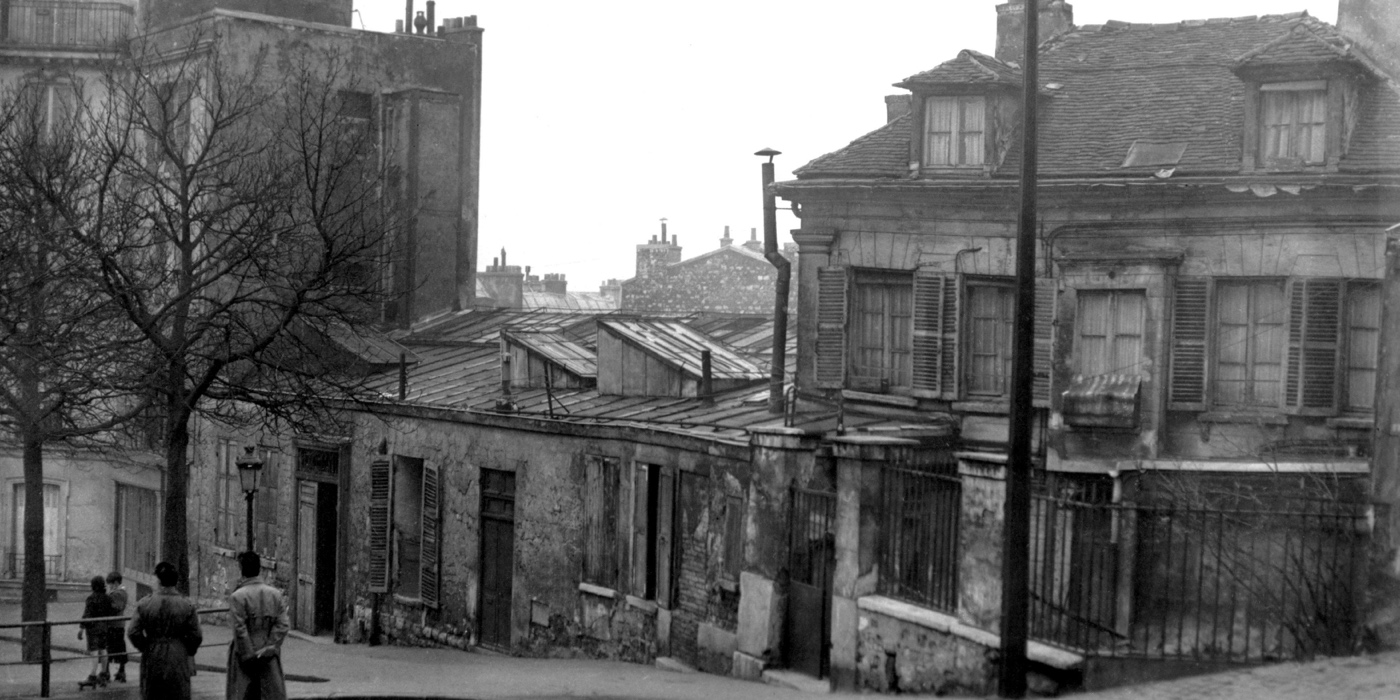
A Walk
to Remember
Whether you live in the city, the country, or anywhere in between, now is the perfect time to embrace the restorative power of a long walk
Through the weeks we’ve spent in quarantine, the simple act of walking has earned a new place in our psyche and our hearts. The news has brought stories of many pedestrian travelers. There’s the Ferndale T-Rex Walking Club, a group of mavericks who dress up in inflatable animal costumes and parade en masse down Michigan streets to cheer up their neighbors. In Wales, a lively herd of wild goats has been spotted taking group strolls single file down the narrow sidewalks of Llandudno. In Spain, small acts of stay-at-home defiance have witnessed people walking their “pet” hens, toy dogs, and goldfish (still in their bowls). And perhaps most memorable, there’s the story of Captain Tom Moore, a 100-year-old World War II veteran who raised the highest sum ever for a charity walk—more than $36 million—while rounding 100 laps in his garden.
In our own private worlds, outings on foot have similarly taken on new intentionality and importance. We make our pilgrimages to each other’s front doors and talk to friends and neighbors across the expanses of sidewalks and yards. Walking the dog has become a ritual anxiously anticipated by owners and canines alike, as have tours of city parks or strolls through the woods, for those lucky enough to have them nearby. What we once rushed through has reestablished a primitive pull in our quest to keep clearheaded and optimistic.
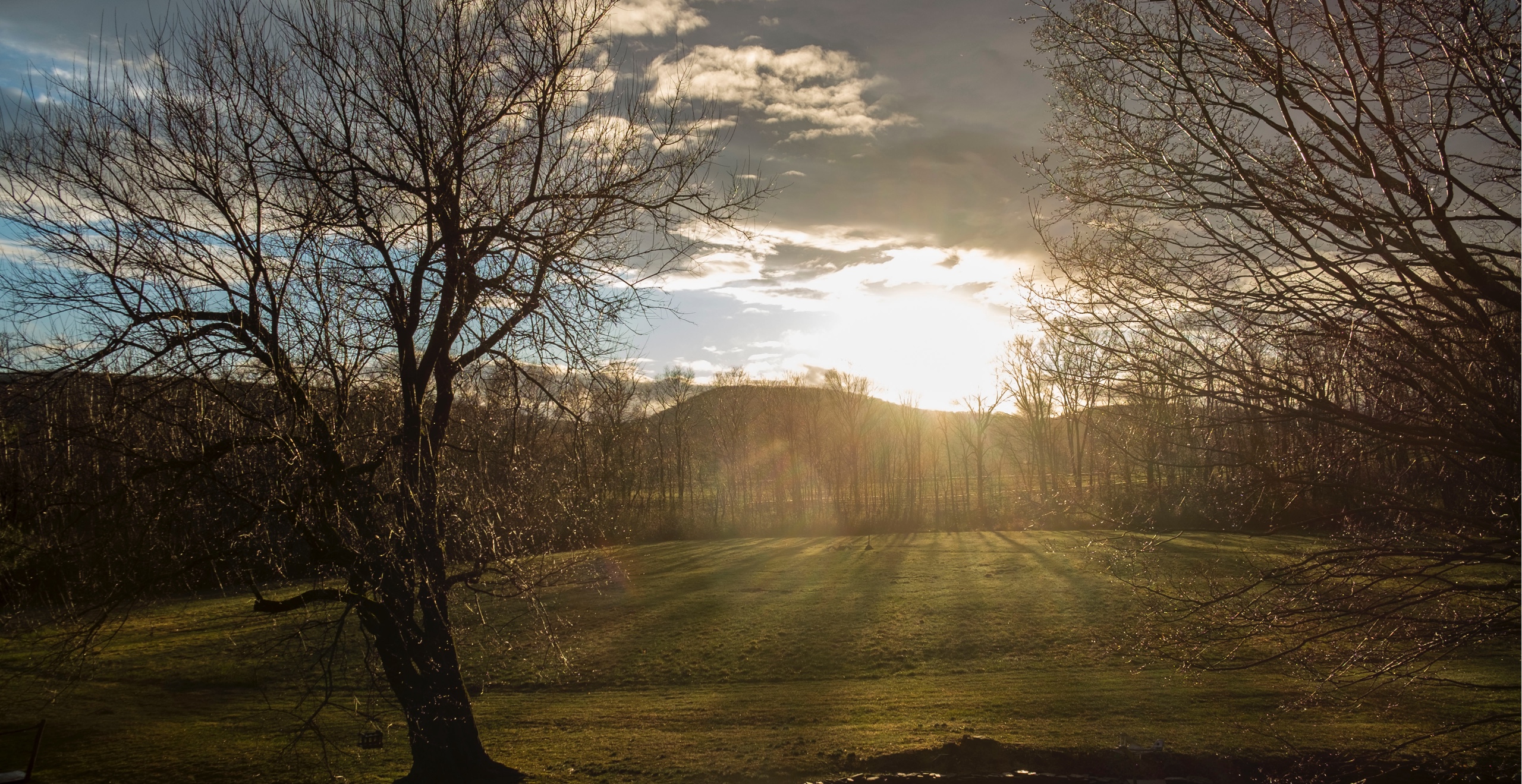
So what is it about the allure of the walk—the most commonplace of movements—that somehow moves us so much, literally and figuratively speaking?
There's the science. You’d be hard-pressed to find an ailment—from stress to strokes, dementia to depression—that a power walk doesn’t combat against. Quite practically, the impact of feet hitting pavement (or dirt) increases blood flow to the brain and triggers a chain reaction of feel-good waves through our bodies—a much-needed boost for times like these.
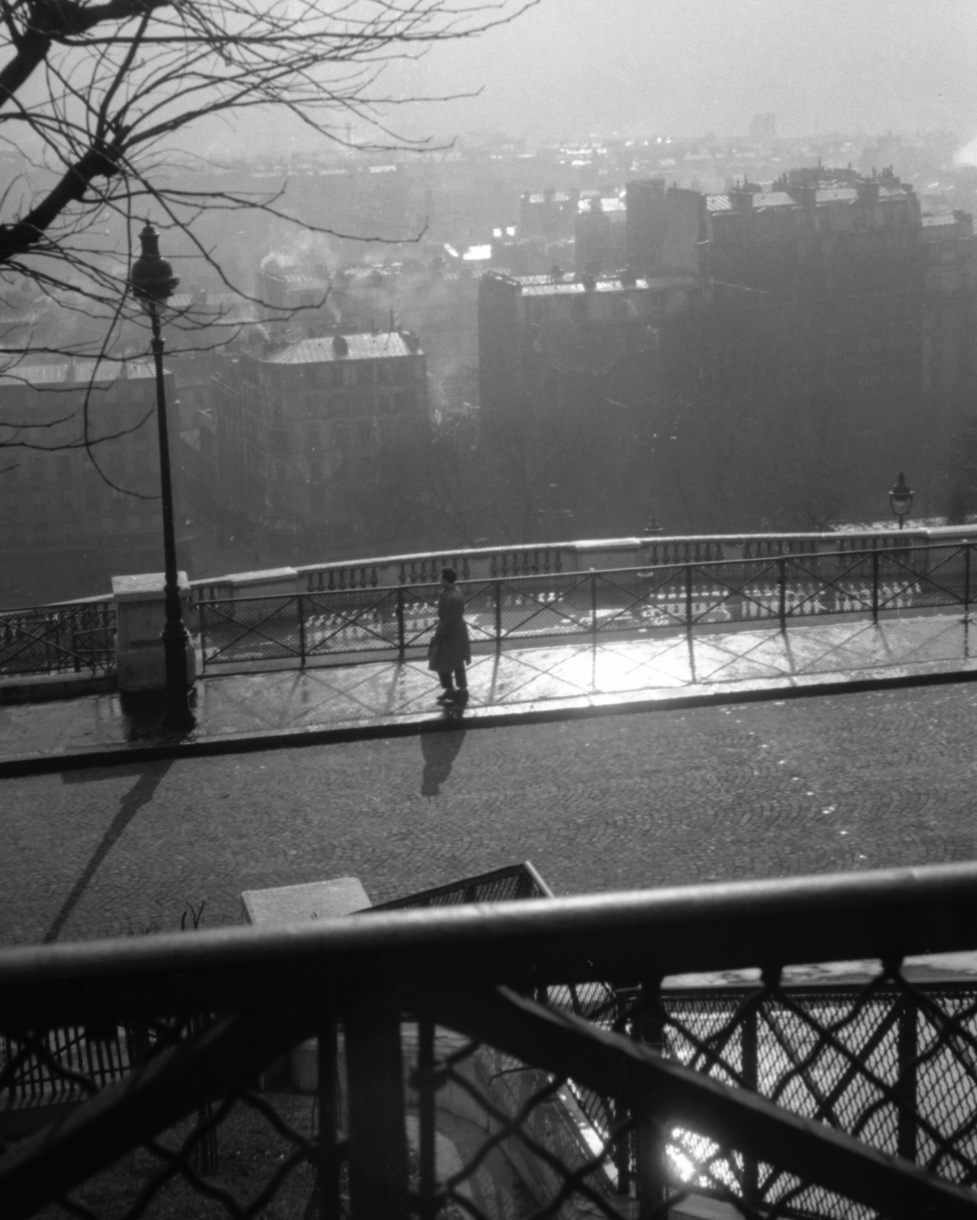
But if you ask history, one of the earliest answers remains the most enduring. Solvitur ambulando. A Latin phrase attributed to the Greek philosopher Diogenes the Cynic, it translates to “it is solved by walking.” No shortage of notable figures—from Charles Dickens to Ernest Hemingway and the philosopher Kierkegaard—who famously said, “I have walked myself into my best thoughts, and I know of no thought so burdensome that one cannot walk away from it”—have attested to its enduring truth.
There’s no one way to walk, but one way the best of walks makes us feel. As planned or impromptu as you want yours to be, toward something or away from it, solo or as a group, with a map or without—the unique pleasure of getting lost to get found again—a restorative outing hinges on being present in our steps.
Rural, wild strolls are the pastoral ideal. The epitome of meditative solitude, a walk across a meadow or forest is about rediscovering both the pleasures of nature and the fortitude inside of us. As Henry David Thoreau put it in his seminal essay “Walking”: “I think that I cannot preserve my health and spirits unless I spend four hours a day at least—and it is commonly more than that—sauntering through the woods and over the hills and fields.” But don’t let that deter you from daily urban ventures if you’re trapped in Manhattan or Milan. For proof that a concrete sidewalk can offer much to be discovered (in our cities and our souls), just look to kinhin, the ancient Buddhist practice of walking meditation.
In contrast to zazen’s sitting meditation, kinhin is about aligning your breathing with the movement of your legs. Mastered, it’s a mental tool like few others, but its roots lie simply in walking clockwise in a room.
And when intentionality rather than a cardinal direction is propelling you up and out, there’s no need to decide on a destination (and if you happen to be a member of the Barefoot Hikers of Connecticut or the likes, on a pair of shoes either). Just step out and start your journey. A new path or a well-trodden one both offer the chance to reaffirm the simple fact that the world never stands still, nor was it ever meant to. Even a place that you’ve passed a thousand times ventured into again will show you new treasures. To hike, stroll, or meander is to accept that fact and find joy in it. With the world in a holding pattern new to us all, now is the time to let walking turn you into a detective—a bird-watcher, animal tracker, flower lover, deep breather, chestnut collector, and celebrator of the here and now—forever grateful for the chance to stay grounded.
- Courtesy of Getty
- Photographs by Carter Berg




